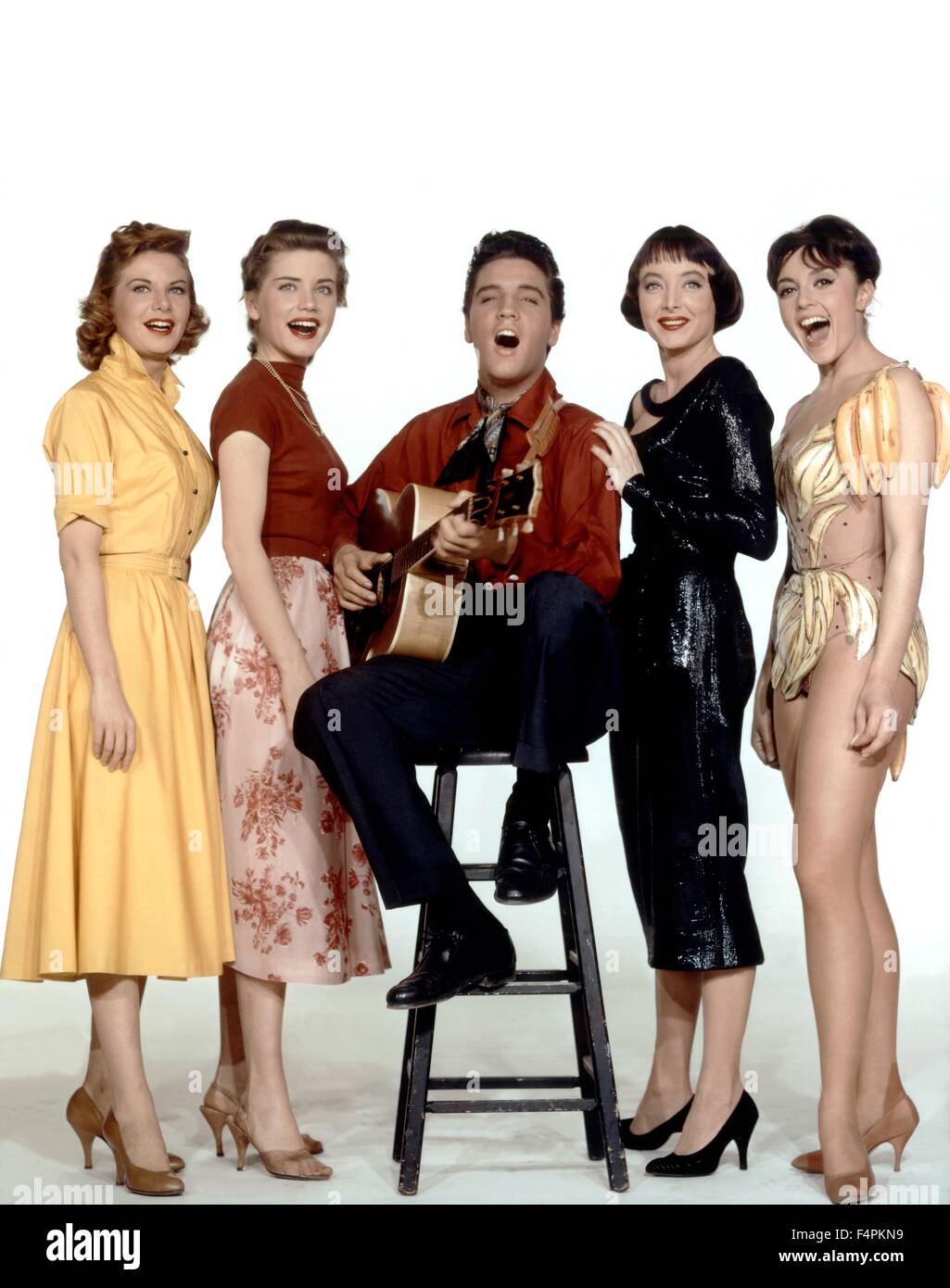
JANA SHEPARD EDWARD JONES HOW TO
While the online website is intuitive on how to use, the workshops are being held for users who need more guidance, Levengood said. The society Saturday held the first of four community workshops on how to use the online database at the organization’s headquarters in Richmond, Virginia. You have to read between the lines: Oh, they mention Amy in a letter, and then you have to read another letter in the collection to realize that Amy is a slave and not a family member,” Levengood said. It’s an incredibly complicated and tragic institution that we’re just beginning to understand the dimensions of,” Levengood said.ĭocuments citing slaves go back to the 1690s: “That’s when slavery starts to grow fast in Virginia and other English colonies,” Levengood said. “Often there was a human connection, and they grew up with these people, and they recorded their birth dates and deaths. This was the most valuable property they owned, and they wanted to make sure it was recorded.

That’s the kind of things that owners did with slaves. “But these people were writing down their inventory as if you would for insurance purposes. “Often they appeared in the records of the owners who owned slaves as human property, which to us sounds so obscene and alien,” said Levengood, who’s also a historian.

The antique papers turned out to mention slaves.
JANA SHEPARD EDWARD JONES ARCHIVE
The society stores the documents in an archive spanning thousands of square feet, he said. Those Virginia families found the old, handwritten papers in attics, basements or desk drawers, Levengood said. So using a $100,000 corporate grant from Dominion, one of the nation’s largest producers and transporters of energy, society researchers began examining some of its 8 million manuscripts that Virginia residents have been giving to the historical society since its founding in 1831. “Most slaves were by their owners’ design and eventually by law forbidden to learn how to read and write, so they didn’t leave us material that so many figures in the past did,” Levengood said. The “Unknown No Longer: A Database of Virginia Slave Names” website is the first online resource listing slaves’ names across all of slaveholding Virginia, the nation’s oldest state which had the largest enslaved population, numbering a half million people, at the outbreak of the Civil War in 1861, society officials said. The database, which went online last September with 1,500 names, sets itself apart from the few other existing slave databases – which limit themselves to specific plantations or to ship manifests that list the captives by their native African names, society officials said. The free, public website also provides a high-resolution copy of the antique documents that identify the slave. The private, nonprofit historical society, the fourth-oldest in the nation, is assembling a growing roster of slaves’ names and other information, such as the slaves’ occupations, locations and plantation owners’ names, said Levengood. Many of the slaves had been forgotten to the world until the Virginia Historical Society received a $100,000 grant to pore over some of its 8 million unpublished manuscripts – letters, diaries, ledgers, books and farm documents from Virginians dating to the 1600s – and began discovering the long-lost identities of the slaves, said society president and CEO Paul Levengood. A historical society in Virginia, where slavery began in the American colonies in 1619, has discovered the identities of 3,200 slaves from unpublished private documents, providing new information for today’s descendants in a first-of-its-kind online database, society officials say.


 0 kommentar(er)
0 kommentar(er)
